How To Draw A Yamaha Motorcycle


Works in the Design Center's Planning Design Division. Born in Shizuoka Prefecture. Since joining Yamaha Motor, she has worked on color design for motorcycles, snowmobiles, ATVs and more. Her work also involves coordinating with relevant company divisions and outside partners to develop technologies for color creation and application. Since 2014, she has been handling design planning and proposals for model styling and color schemes at the Design Center.
![]()
![]()

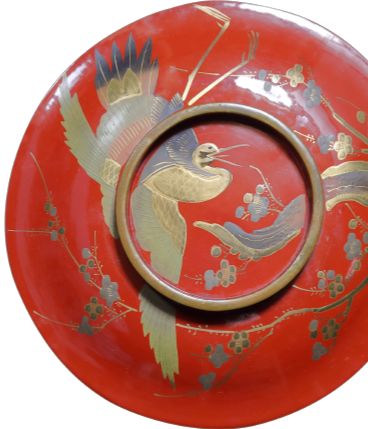
The day of our interview was cloudy and quiet, and it seemed like rain might fall at any moment. We'd arrived early and had some time to spare so the crew and I wandered around the neighborhood to scout locations for shooting photos. Only a dozen or so feet away from the tearoom where we planned the interview, we found a perfect spot—a beautiful riverside area lined with sakura trees in full bloom.
Thirty minutes later, Yoko Kubota appeared, wearing a beautiful kimono. Graceful and fair of face, she moved with elegance and poise. I was—in a sense—relieved to see that come rain or shine, the dignified presence she had would be entirely unaffected. We got off to a great start with some shots under the rows of sakura trees before moving to the dimmer ambiance of the tearoom to continue.
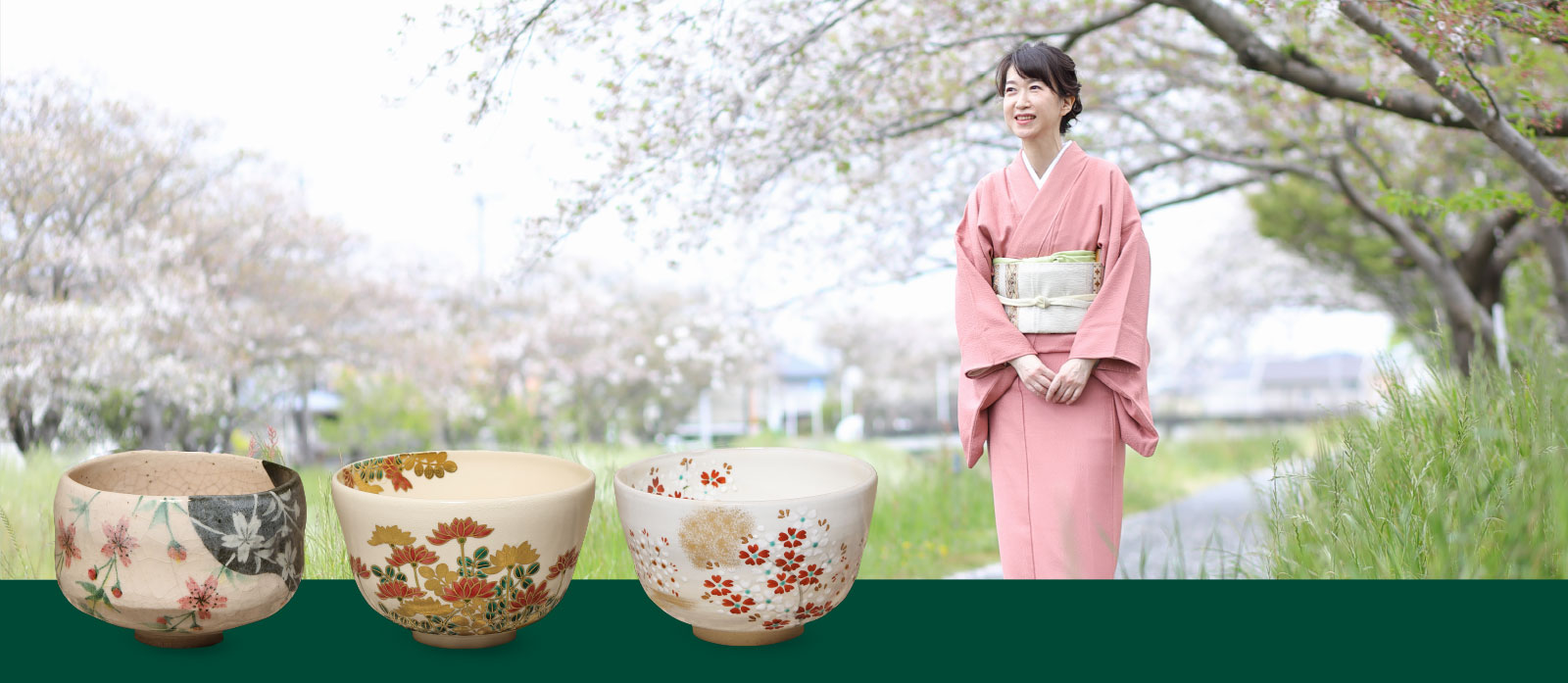
At present, Kubota is planning the designs for new motorcycles primarily destined for ASEAN markets. However, this was somewhat hard to get a clear idea of what she actually does, so to better understand her and her work, we asked about what led her to where she is today.
"My first memory of riding being fun was when I went for a ride on the back of my aunt's motorcycle. I think I was in kindergarten at the time, but I can clearly remember how great it felt. When I grew up, I had the good fortune to be hired by Yamaha and learned that my first assignment would be to the motorcycle engineering and development department. Thinking that I'd better learn more about motorcycles quickly or I wouldn't be able to get very far, I got my under-125cc motorcycle license right away together with one of my coworkers. It was then that I fell in love with how riding energizes you, so that's when it all started," she says with a laugh.
A perfectionist at heart, it wasn't long before Kubota had stepped up to a 400cc license and then to a full, unlimited bike license. During that time, she toured the country avidly, riding through Kyushu, Shikoku, Honshu and Hokkaido. At the urging of her coworkers, she also took part in off-road races. Kubota had turned into a hardcore motorcycle enthusiast.
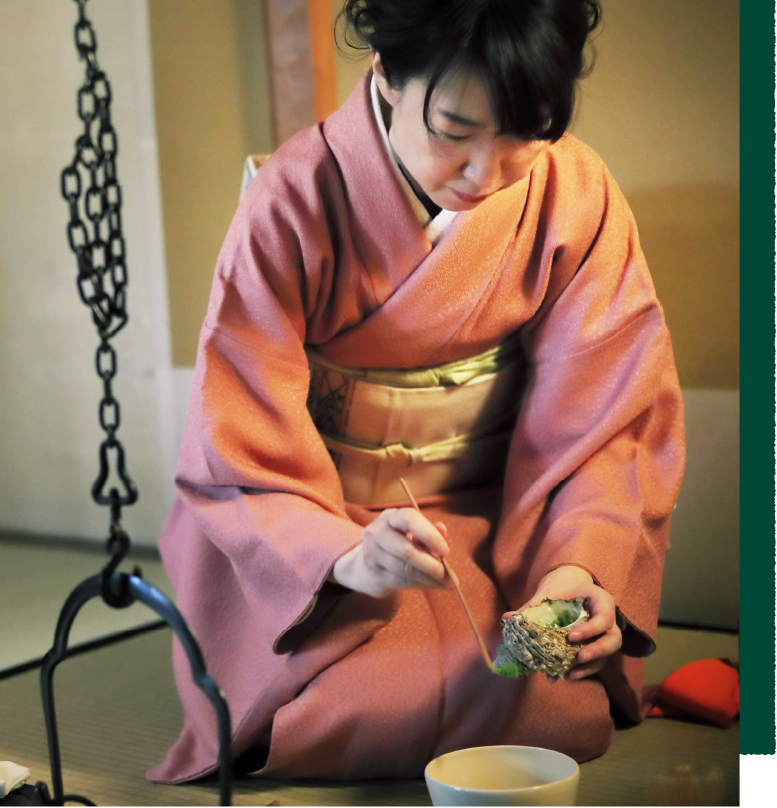
Kubota acknowledges that when she finds something that interests her, she jumps right into it with everything she has, and that that's where her insatiable curiosity comes from. She one day felt that she wanted to try her hand at the "way of" some traditional Japanese arts and culture, and chose two. The first was karate-do, which she practiced for ten years and eventually earned a black belt. The other was sadō, the "way of tea" or the Japanese tea ceremony, which she has now practiced for twenty years. What, we wondered, was it that drew her to sadō?

The window of the tearoom was much smaller than I'd imagined, allowing only minimal light inside. Isolated from the hustle and bustle of the city, the room was quiet, and you could almost feel the airflow naturally filling the room. Kneeling on the tatami mat, Kubota took the time to explain to me the basics of sadō.
"There are too many reasons to list for why I love sadō, but one in particular is the formality of the tea ceremony. In sadō, the overarching theme of the ceremony and presentation is called shukō, and when greeting the guests, the host presents them with the tea tools and items prepared in line with said theme. For example, the theme might be somewhat self-explanatory like watching the night moon or sakura, but it also may be vague. Regardless, the host makes no mention of the theme prior to the ceremony. It is left to the guests to discern the theme themselves and in their own way by looking at the scroll hanging in the room, the flower arrangement, the tea container and teacups, or even the arrangement of the room itself, because each item in the tearoom has meaning and significance. Everything is in place for the guests to enjoy the experience. In that sense, it really tests your ability to think and plan. Because it's a once-in-a-lifetime encounter, what becomes most important is your desire to be a good host."
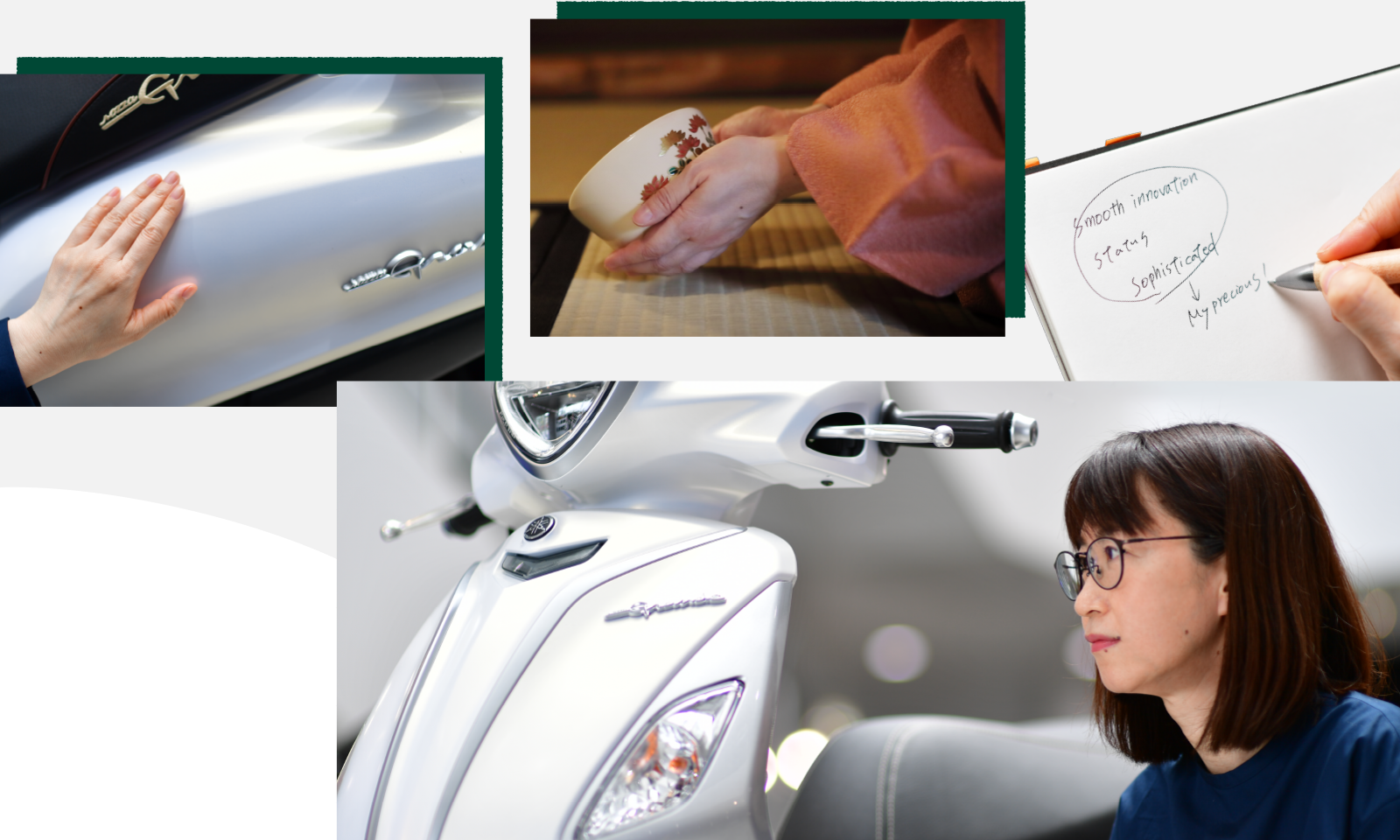
On the surface, sadō and motorcycle design don't seem to have much in common, but Kubota elaborates: "In the end, the goal of a product is to please the customer. That's quite similar to the tea ceremony. When planning a design, when all is said and done, it all comes down to looking at what kind of product the customer wants and whether or not it makes them happy. Of course, for each product there's a target customer in mind. In the process of turning what that customer needs or wants into a specific shape or form, it's my job to facilitate communication between the designers and the engineers. You could liken it to what a producer does or the host of a tea ceremony with sadō. Thinking about how to be a good 'host' for the customer is the same as coming up with something that will pleasantly surprise them, and I feel that's something special that design and the tea ceremony have in common."
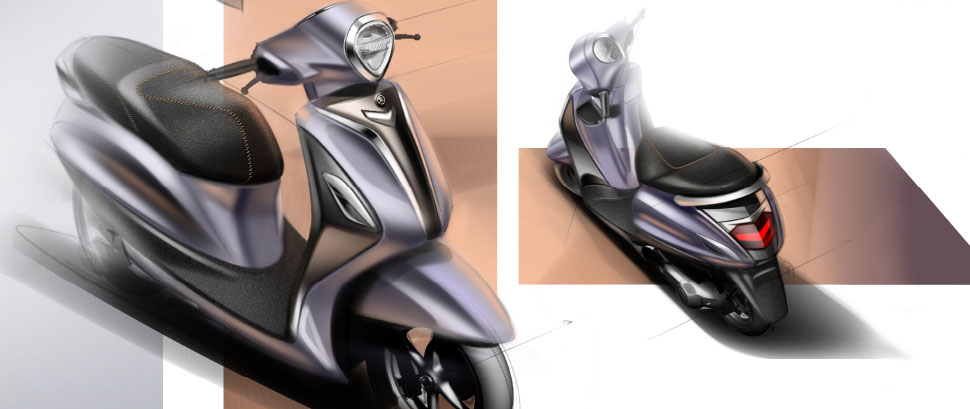
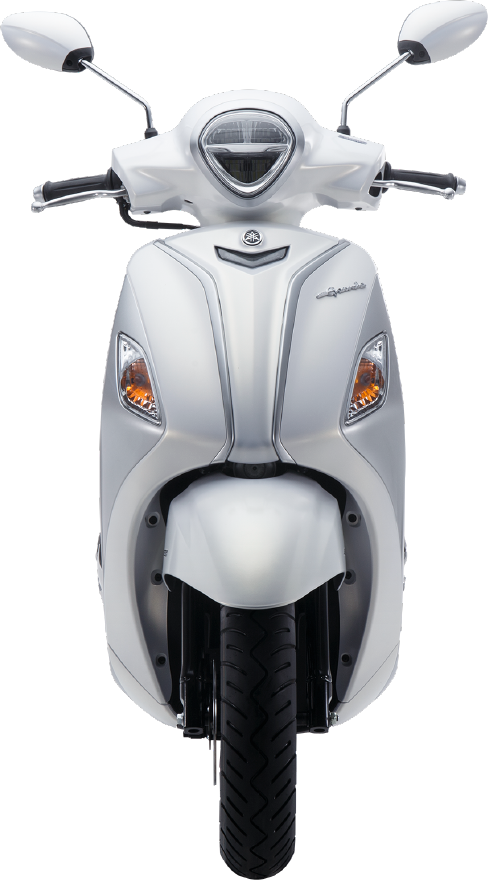
"There are even times when I get ideas from motorcycles for which kimono to wear for the tea ceremony. A kimono has a dominant color but the obi (sash), decorative cord and other elements can significantly change the impression it leaves. I draw on the color schemes of motorcycles when looking to use supplemental colors to enhance the overall look of a kimono. The unexpected color combinations I've come up with often surprise fellow practitioners," says Kubota, laughing. "Conversely, the color coordination of kimonos has sometimes inspired my work in motorcycle design. For example, a black or dark-brown seat can take on a modern, stylish look just by adding light blue piping or stitching. The unique color combinations of kimonos often give me ideas for motorcycle coloring."
Being in a position of responsibility to oversee the entirety of a design project likely means that people butt heads a lot more often than not. However, Kubota explains that seeing what she said or wrote down slowly transform into a real and tangible form is what makes the process enjoyable.
"At companies like Yamaha, the voices of people who really believe in the power of design are particularly valued, and having the ability to bring a design to completion is very important, but it's also something I find personally fulfilling."
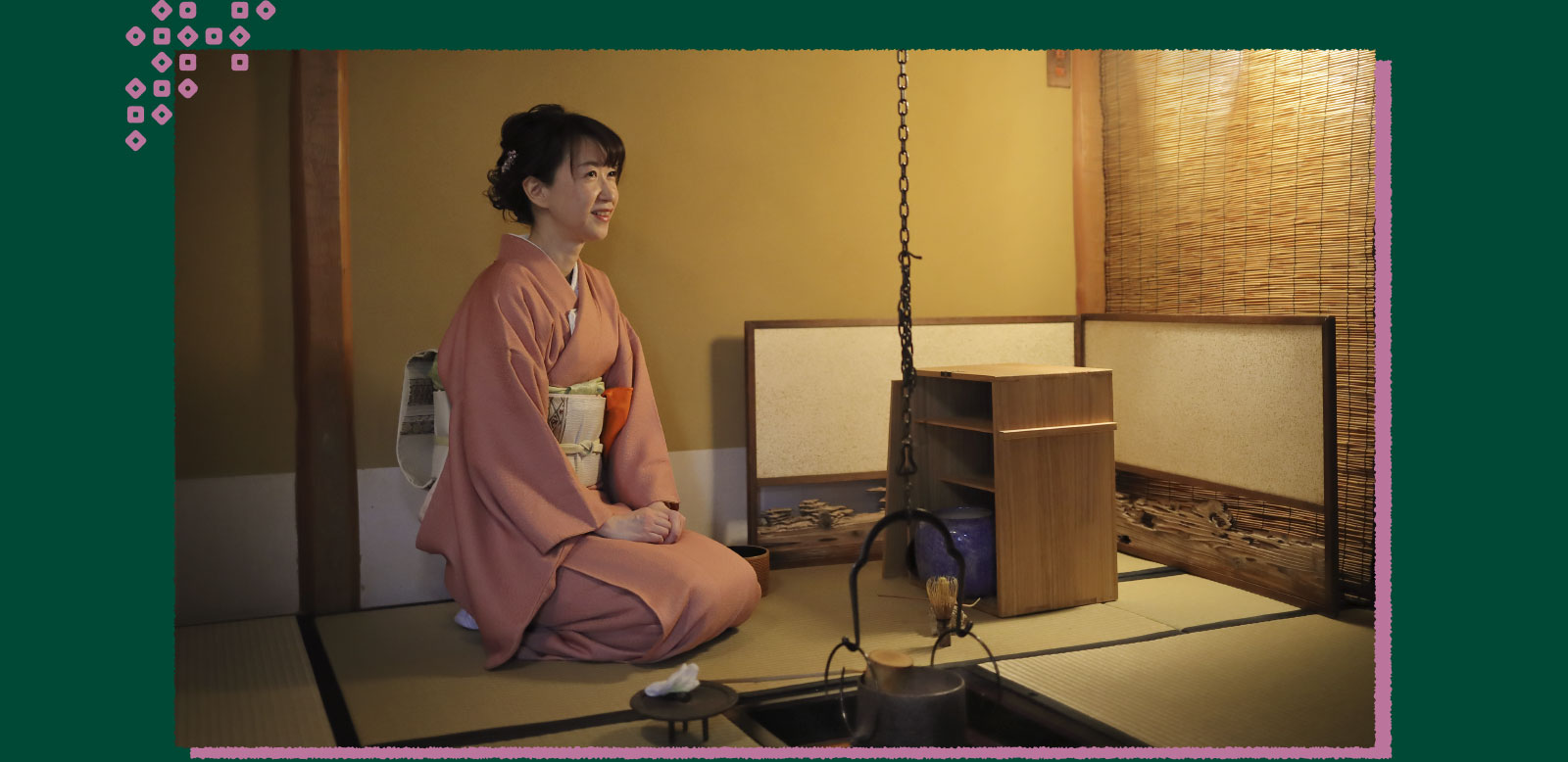
While her voice was gentle and her words polite, Kubota's passion and assiduity for both motorcycle design and sadō was loud and clear.
"Sadō is said to fall under the performing or visual arts, just like movies or theatre. Many different 'ways' coalesce in the tearoom with the flowers, the incense, the scrolls, Zen terminology…. Likewise, a motorcycle's design is only complete when it combines functionality, performance, styling and CMFG.* For example, a motorcycle's paint is not just about what it looks like on the surface. What kinds of surfaces will the paint be used on? What kind of graphics are we going to apply? These things can dramatically change a model's overall impression. More recently, matte colors are becoming more popular, so how the coat feels when touched has also become a design feature. In the same way you try to 'taste' a cup of tea with all five senses in sadō, you try to give due care to every detail in motorcycle design, whether it's visible or not."
*Color, Material, Finish, Graphics
As our time came to an end, Kubota added, "When I want to do something I get started immediately, but then I often don't continue it for long. But I've never gotten bored with sadō, probably because it is so incredibly deep and multi-faceted. I like that there are no quick and easy answers, and I feel very fortunate to have found a 'way' that will bring me a lifetime of enjoyment."
How To Draw A Yamaha Motorcycle
Source: https://global.yamaha-motor.com/design_technology/design/designer/vol02/
Posted by: gallawaynoter1965.blogspot.com

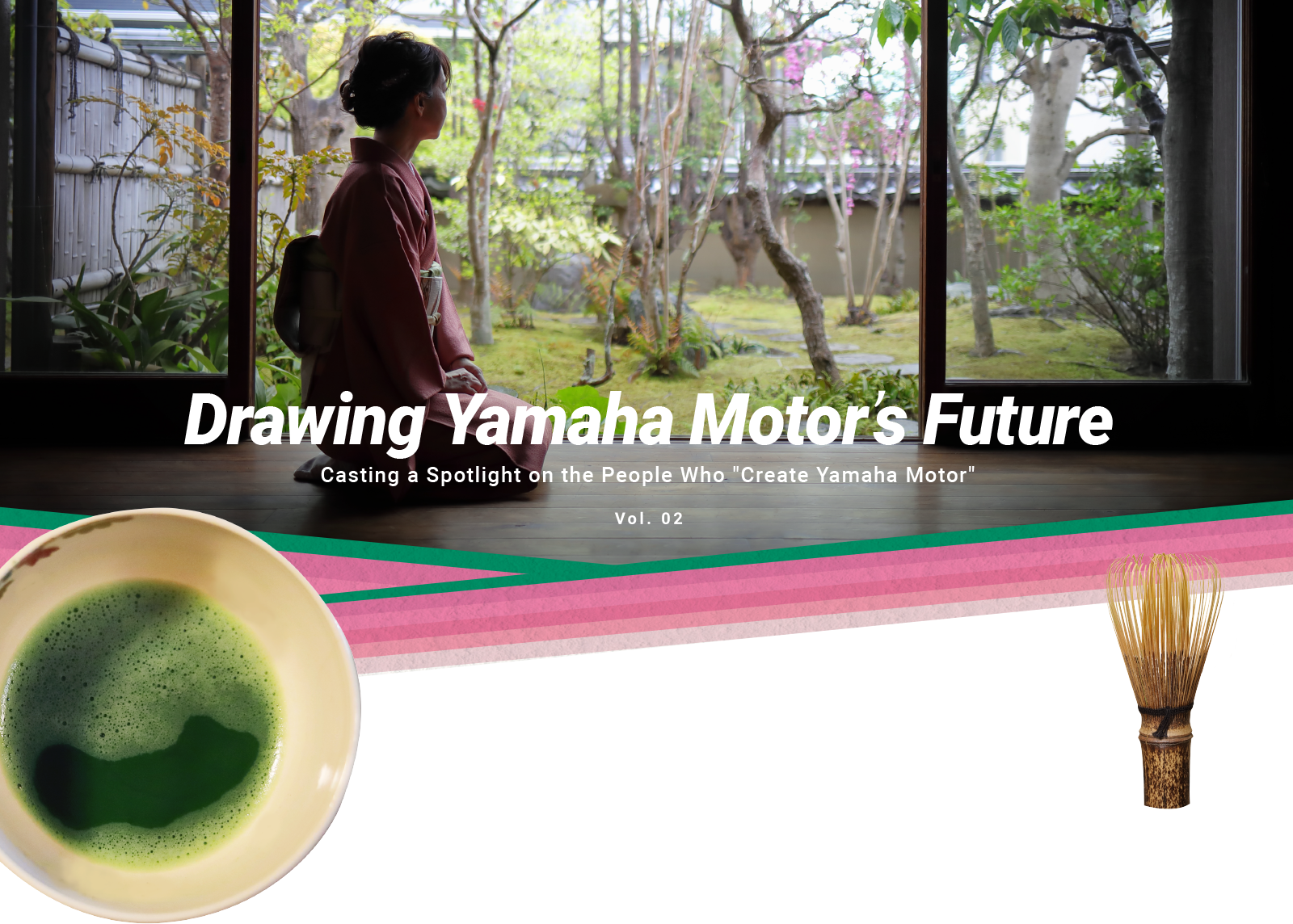


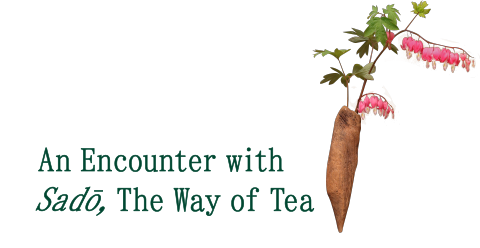

0 Response to "How To Draw A Yamaha Motorcycle"
Post a Comment